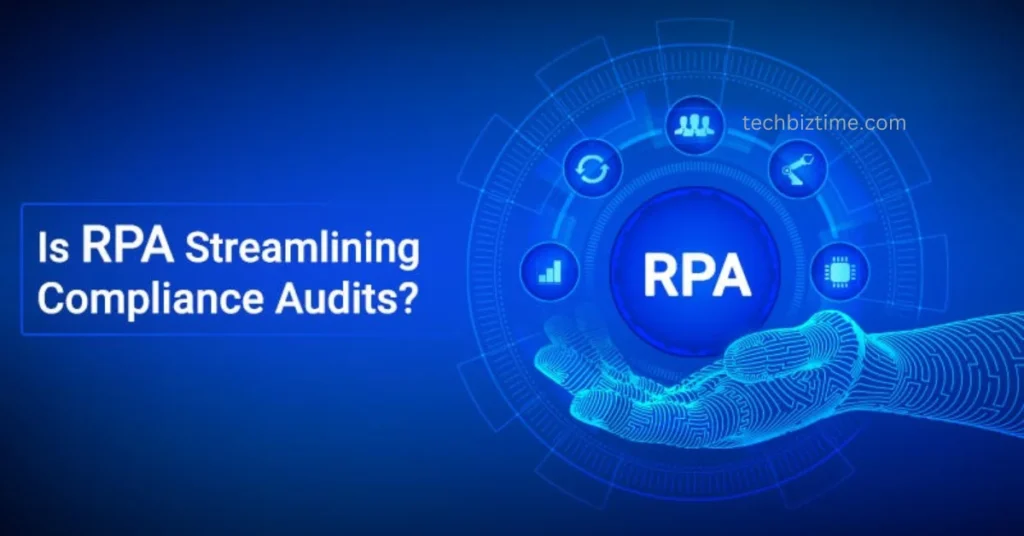Financial compliance audits are essential for businesses of all sizes. These audits ensure that companies comply with federal and local laws and regulations and provide financial transparency to shareholders, customers, and the public. However, these audits can be frustratingly time-consuming and challenging to manage manually. Automation offers a way to streamline these processes, saving time while also increasing accuracy and reducing potential errors. SCA tools are increasingly being used in the financial compliance industry to help organizations identify and manage open-source code used in their applications tg pcb material.
What is Financial Compliance?
Financial compliance refers to the process of ensuring that a company meets all applicable legal requirements relating to its finances. This includes everything from filing taxes to adhering to anti-money laundering regulations. Businesses need to stay compliant with these laws to avoid costly fines or reputational damage associated with non-compliance.
Why is it Important?
Financial compliance auditing helps verify whether or not an organization’s finances are being managed accurately and ethically. This information can then be used by stakeholders such as investors, customers, regulators, and the public at large when making decisions about the company’s financial health. Additionally, staying compliant can also save businesses from potential fines or other legal action if they fail to meet certain requirements.
What Is An Automated Financial Compliance Audit, And Why Is It Important?
An automated financial compliance audit uses software and automation to automatically review and evaluate an organization’s finances to ensure compliance with applicable laws and regulations. Automated audits can save time, improve accuracy, reduce potential errors, and increase the efficiency of the audit process. Additionally, computerized audits can provide greater visibility into an organization’s finances, helping to ensure that any issues or discrepancies are quickly identified and addressed. This can help protect businesses from the costly fines associated with non-compliance. Automated audits also provide greater transparency and allow stakeholders such as investors, customers, and regulators to understand an organization’s financial health better.
How Can Automation Help?
Automating financial compliance processes can help streamline audits while simultaneously increasing accuracy and reducing potential errors. By automating specific tasks such as data collection or document review, companies can reduce man-hours spent on tedious paperwork while still ensuring that their documents meet all necessary criteria for legal approval. Additionally, automation tools can help identify potential issues during the audit process so they can be addressed quickly before they become more significant problems down the line.
What Are The Benefits?
The primary benefit of automating financial compliance audits is increased efficiency. Companies can have their documents reviewed faster than if done manually with less effort required from staff members thanks to automated processes taking over mundane tasks such as document review or data entry. Additionally, automation reduces the potential for error due to its greater precision than manual processes, which means fewer mistakes are made during the audit process leading up to a successful result more quickly than ever before!
Furthermore, since automated audits take less time overall, it allow companies more time for value-added activities instead of spending hours conducting tedious manual reviews of financial documents every quarter or fiscal year-end closing period. This makes them more agile in responding to quickly changing market conditions. Without investing too much in monitoring and reporting costs beforehand! Automating financial compliance also reduces business risk by helping organizations stay up-to-date on changing regulatory requirements. All this is possible while receiving timely notifications when any rules need updating to remain compliant with existing laws. Thus avoiding hefty penalties related to non-compliance.
Challenges of Automating Compliance Audits
One of the significant challenges when automating compliance audits is having access to reliable data sources. That can accurately represent the organization’s financial processes and activities. Additionally, organizations must ensure their systems can store large amounts of data securely. To protect them from potential security threats or malicious actors. Finally, organizations must also keep up-to-date on changing regulations and laws to remain compliant. Periodic manual reviews may still be necessary after automation processes have been implemented to ensure continued accuracy over time.
Are There Any Potential Risks Associated With Using Automation For These Audits?
There are potential risks associated with using automation for financial compliance audits. The most considerable risk is incorrect or incomplete data being used to make decisions. On regulatory compliance, which could lead to non-compliance and possible penalties. Additionally, automated processes are not as adept at detecting subtle changes over time as manual processes can be. Hence, organizations must periodically review their systems and audit results to remain compliant.
The reliance on algorithms on historical data means that unforeseen or changing regulations may not be adequately accounted for. The automated process leads to inaccurate decision-making. Therefore, organizations must comprehensively understand the risks involved before implementing an automated solution.
How Can Organizations Ensure That They Are Selecting The Right Solution For Their Needs?
Organizations need to consider a few key factors when selecting automation solutions for financial compliance audits.
The solution should be able to scale with the organization. As its business grows and changes, the solution should be flexible enough to accommodate that growth.
The solution should provide robust reporting capabilities that allow for quick and reliable analysis of audit results.
It is also vital that the solution integrates easily with existing systems. Processes to avoid any disruption or unwanted complications.
